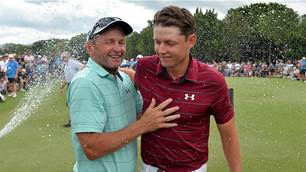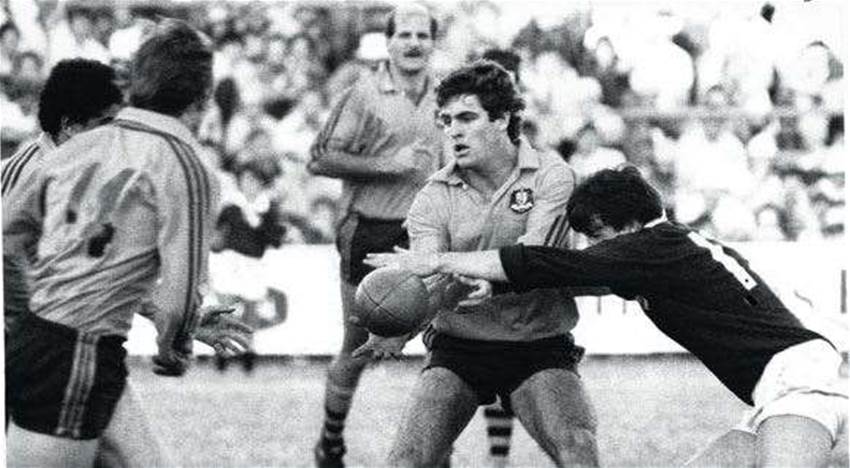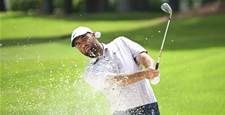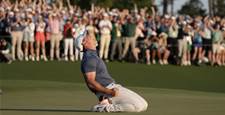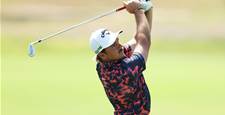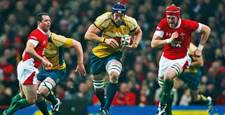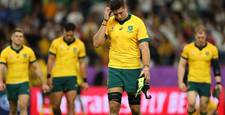If there’s one thing international rugby union and rugby league have in common these days, it’s that they bear absolutely no resemblance to the forms they took back in Michael O’Connor’s playing days
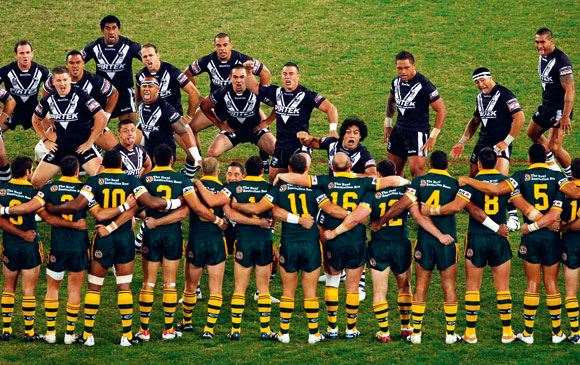 Modern international league combat. Images: Getty Image
Modern international league combat. Images: Getty ImageThe South Africans took the sevens world title last season … How close to touching the trophy are the Aussie boys?
“Last year was a learning experience. We had a young squad. Just two of our players had played sevens before, the rest hadn’t – sevens isn’t big over here. They learnt a hell of a lot as a young squad, learnt from their mistakes, and they’ll be better for it. I’m hoping to keep the nucleus of that squad, introduce some more new and young players this year, and I’m quite optimistic that we can move up the world rankings.”
You developed a great eye for spotting young stars and have been described as “working for the enemy” – no matter what code you’ve been with – at times. How did the whole talent ID/recruitment profession come about for you?
“I sort of fell into it. I was working for News Limited, for the Super League, and I was across players, what they were worth, contract negotiations. I went down to the Adelaide Rams, had a year down there, ended up as their CEO. I had a year in Brisbane, in more of a marketing role there. I had a chance meeting with Jeff Miller, who was the high-performance manager for the ARU back in about 2000/01. At the time, rugby union was looking to bring some high-profile rugby league players across. I’d been approached by Wendell Sailor about the possibility of changing codes. I was involved in his decision to come over, and Matt Rogers’. There was a policy to try and get the best union players and rugby league players.”
So the meetings held in secret, with blinds closed, heads of union and league planning raids on the rival code, do they really happen?
“Back then it was all about just getting the best players. They didn’t have to be rugby union players. It was an experimental thing. From that spawned my job of really studying up-and-coming union talent and also looking at young rugby league players, whether they’d be suitable to play rugby union. The fact is a lot of young players play both union and league at school. I started doing that for the Australian Rugby Union part-time, going to carnivals etc.
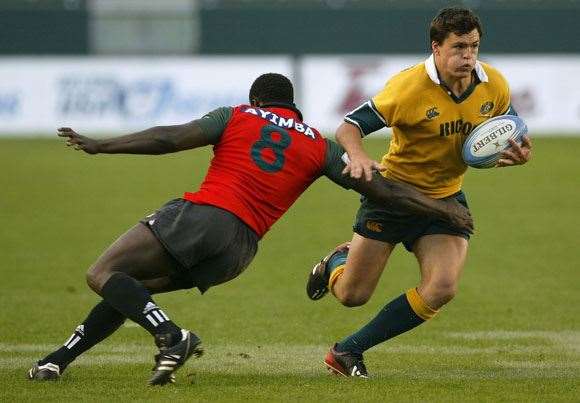 Adam Ashley-Cooper, a fine sevens exponent. Images: Getty Images
Adam Ashley-Cooper, a fine sevens exponent. Images: Getty Images“I got involved with the sevens because they needed a manager to go away with the team. It’s a tight budget, a small group; you have a physio, manager and a coach. They needed a manager to go over to South America the year I started, so I went over there to Argentina and Chile. Peter Hynes and Matt Giteau were in that side. “I’d played three years of sevens myself in Hong Kong in the early ‘80s. I was quite a fan. So I’ve always thought sevens is a good game, great development tool, underutilised and something that potentially can be very powerful for the code, seeing as though it’s been ‘given the tick’ for the Olympics in 2016.”
We’ve had an ordinary season against the ‘Boks and All Blacks. Is it going to be a bit easier in Britain, with their teams down the bottom end of the current world rankings?
“Never. There’s no such thing. We’ll take a best-possible-squad over there. For them, it’s all about home games and home conditions, playing at their headquarters at Twickenham, Murrayfield, Croke Park and Millenium Stadium. They won’t be easy games. No way.”
You toured with the Ella brothers in ‘77 with the Aussie Schoolboys union side, and also with “The King”, Wally Lewis. What kind of kids were those blokes back then?
“I did play with them in the ‘77 Schoolboys, and then in ’81 I went on a British Isles tour with the Ella boys. Wally got injured a bit, but he was extraordinarily competitive and a very very tough opponent. And Mark Ella, I’d say he was the most gifted five-eighth I played outside of, as far as getting early quality ball and having options.”
Related Articles
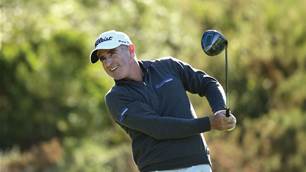
Video interview: Drinks With ... Matt Millar
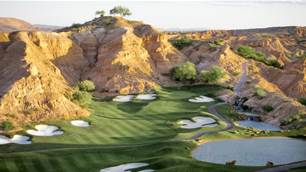
Viva Las Vegas: Join Golf Australia magazine's Matt Cleary on a golf and rugby league spectacular
